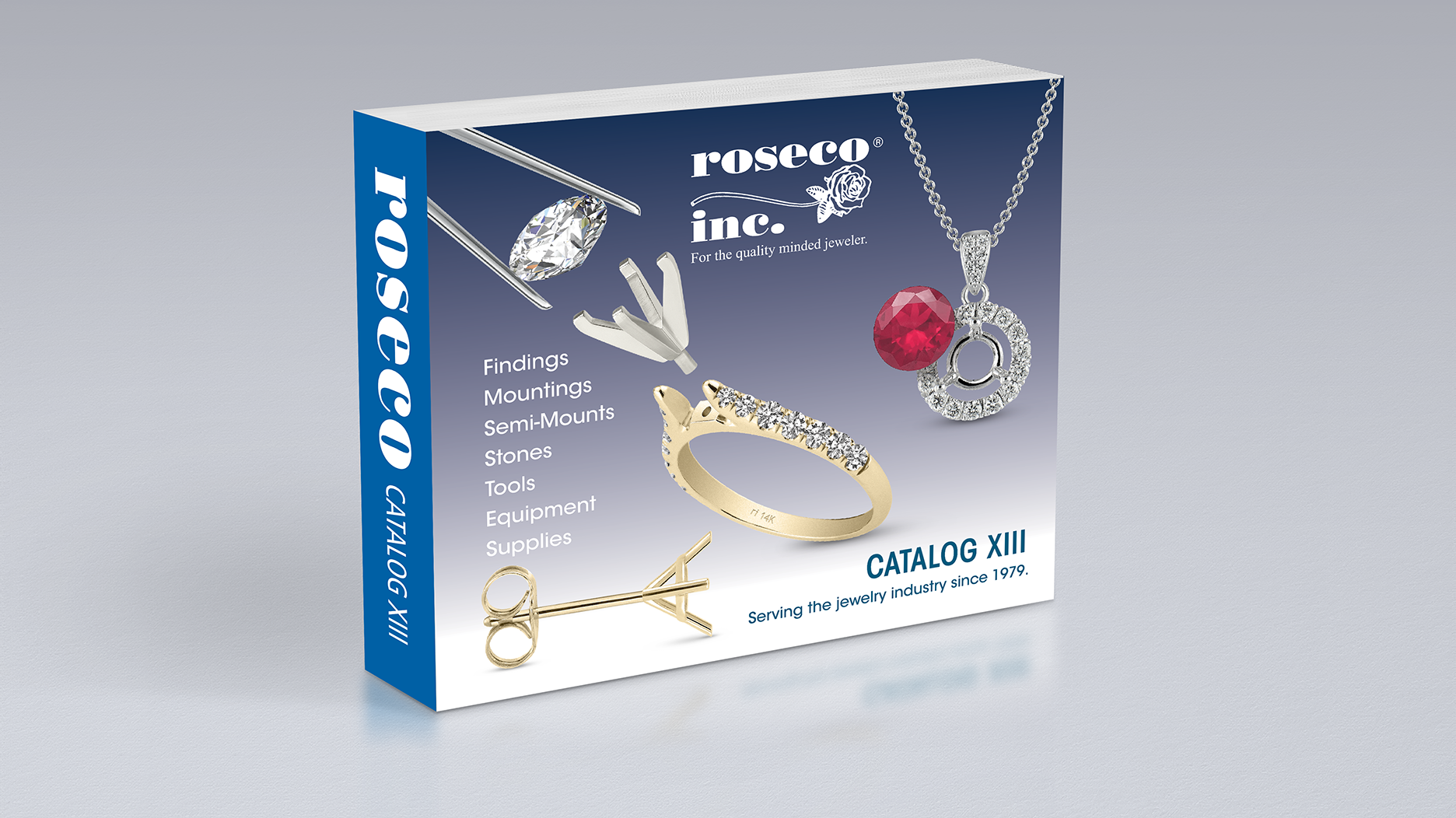Rio Tinto Workplace Report Reveals ‘Deeply Disturbing’ Culture
Employees reported instances of sexual assault and harassment, racism, bullying, and other forms of discrimination.

The review, facilitated by former Australian Sex Discrimination Commissioner Elizabeth Broderick, was carried out as part of the mining company’s “Everyday Respect” task force.
The company launched the task force in March 2021, looking to “better understand, prevent and respond to harmful behaviors in the workplace,” according to a press release about the findings.
What the report uncovered was “deeply disturbing,” said Rio Tinto Chief Executive Jakob Stausholm.
The study was conducted over eight months and involved asking 10,303 people to share their experiences via an online survey, which was available in 10 languages.
There were also 109 group listening sessions, held in 7 languages at nearly 20 different locations, as well as 85 confidential individual listening sessions, and 138 individual written submissions.
Looking at the last five years, the review found that bullying and sexism are systemic across worksites.
Employees said they were expected to “toughen up,” with nearly half (48 percent) of those surveyed reporting being bullied. Women (53 percent) were more likely to experience bullying than men (47 percent).
By location, employees in Australia (52 percent) and South Africa (56 percent) were the most likely to experience bullying.
Of those surveyed, 28 percent of women and 7 percent of men reported having been sexually harassed at work. Twenty-one women reported actual or attempted rape or sexual assault.
Women also reported various instances of sexism and discrimination, including fear of letting managers know they were pregnant and difficulty getting a flexible work schedule.
They also reported being denied gender-specific bathrooms, being left out of decisions and overlooked for promotions, and being asked to take notes, get coffee, or do a colleague’s laundry.
One respondent said that she “would not recommend Rio Tinto as a place to work for female friends or colleagues.”
Racism was said to be “common” in several areas, especially for those working outside of the country where they were born.
Of those who identify as Aboriginal or Torres Strait Islander in Australia, 40 percent of men and 32 percent of women said they experienced racism.
“I have copped racism in every single corner of this company,” said one employee.
LGBTQI+ employees reported significantly higher rates of bullying, sexual harassment, and racism compared with employees who do not identify themselves in that way.
These employees reported not feeling safe to identify themselves as LGBTQI+ to their colleagues and, when they did, were excluded and targeted by harassment.
“Overall, their comments suggest that the same hypermasculine norms and culture that can fuel everyday sexism and sexual harassment can also fuel heterosexism, making the inclusion and safety of employees who identify as LGBTQI+ a priority in any cultural reform,” said the report.
Employees also reported “harmful behavior” between employees and leaders and pointed to a “hierarchical, male-dominated culture” as a specific risk factor.
This behavior has been tolerated or normalized, said the report, and the identities of serial offenders are often an open secret.
The report found that employees feel there is little accountability, particularly for senior leaders, who behave in this manner and that these leaders are able to avoid consequences for this behavior.
Employees also highlighted a “capability gap” among those leading and managing people across all areas of the company, but particularly on the frontline.
“The findings of this report are deeply disturbing to me and should be to everyone who reads them. I offer my heartfelt apology to every team member, past or present, who has suffered as a result of these behaviors. This is not the kind of company we want to be,” said Stausholm.
He said he felt “shame and enormous regret” at what has gone on and added that he was grateful to those employees who came forward and shared their stories.
Apologies aside, the company’s report outlined 26 recommendations to improve workplace culture and prevent discriminatory and otherwise unacceptable behavior.
The recommendations focus on five key areas, including preventing harmful behavior via training and education programs.
“Rio Tinto places considerable and critical importance on safety and risk minimization. It is considered that this should extend to the prevention of harmful behaviors,” said the report.
Another key area of focus is leadership, with the report suggesting the company recruit and promote people with both subject matter expertise and people management ability.
The report also highlighted the need for a “caring and human-centered response to disrespect and harmful behavior,” suggesting the formation of an independent, confidential, and discrete unit that can respond to reports of harmful behavior and take a “trauma-informed” approach to supporting those affected.
The report noted the importance of providing employees with safe and appropriate facilities and the benefit of evaluating the company’s progress toward reform.
“Whilst progress is occurring at Rio Tinto, the challenge now is to ensure that this cultural shift—embedding everyday respect, eradicating harmful behaviors and ensuring consequences for those who use them—is replicated at all levels of the organization,” said the report.
The report recommended the company have an independent review of its progress within two years of implementing the recommendations.
“This report is not a reason for reduced confidence in Rio Tinto,” said Elizabeth Broderick.
“By proactively commissioning this study, one of the largest of its kind within the resources industry, it demonstrates a very clear commitment to increased transparency, accountability and action.”
Rio Tinto’s leadership team is motivated to change, said Broderick, and recognizes that a new approach needs to be taken to combat these serious issues.
There is also a high level of confidence among employees that significant changes can be made over the next two years, Broderick added.
Stausholm said, “I am determined that by implementing appropriate actions to address the recommendations, and with the management team’s commitment to a safe, respectful and inclusive Rio Tinto in all areas, we will make positive and lasting change and strengthen our workplace culture for the long term.”
The full report can be found here.
The Latest

At the 2025 World Series, the Los Angeles Dodgers’ Yoshinobu Yamamoto sported a custom necklace made by California retailer Happy Jewelers.
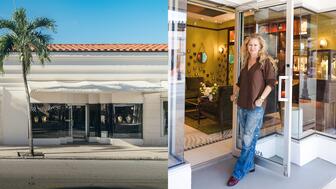
The brand’s seventh location combines Foundrae’s symbolic vocabulary with motifs from Florida’s natural surroundings.

The retailer also shared an update on the impact of tariffs on watch customers.
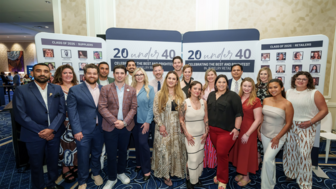
From educational programs, advocacy, and recent MJSA affiliation, Jewelers of America drives progress that elevates businesses of all sizes.

All proceeds from the G. St x Jewel Boxing raffle will go to City Harvest, which works to end hunger in New York City.


Courtney Cornell is part of the third generation to lead the Rochester, New York-based jeweler.

Former Signet CEO Mark Light will remain president of Shinola until a replacement for Ulrich Wohn is found.

Kindred Lubeck of Artifex has three rings she designed with Anup Jogani in Sotheby’s upcoming Gem Drop sale.

The company focused on marketing in the third quarter and introduced two new charm collections, “Pandora Talisman” and “Pandora Minis.”
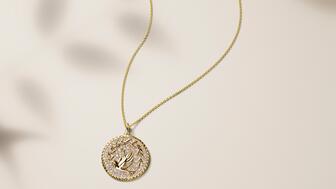
The jewelry retailer raised its full-year guidance, with CFO Jeff Kuo describing the company as “very well positioned” for the holidays.

Ahead of the hearing, two industry organizations co-signed an amicus brief urging the court to declare Trump’s tariffs unlawful.
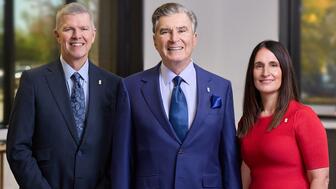
Stuller COO Belit Myers will take on the additional role of president, with all changes effective at the start of 2026.

Smith cautions retailers against expending too much energy on things they can’t control, like the rising price of gold.

Citrine and topaz are birthstones fit for fall as the leaves change color and the holiday season approaches.

The family-owned jeweler will open its fourth store in Florida in late 2027.

The NYPD is looking for three men who stole a safe and jewelry valued at $3.2 million from the home of a jeweler in Jamaica Hills, Queens.
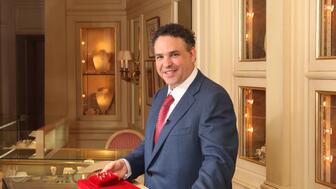
The trade organization also announced its executive committee and five new directors.

The “Have a Heart x Diamonds Do Good” collection is championed by model and humanitarian Flaviana Matata and will benefit her foundation.
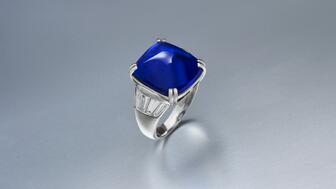
The ring, set with a nearly 17-carat Kashmir cabochon sapphire, sold for $1 million.

This “Mother Father” spinner necklace from Heavenly Vices Fine Jewelry draws inspiration from Victorian Era jewelry.
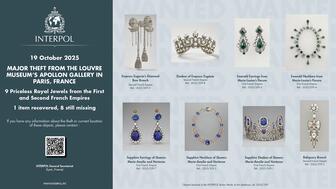
The suspects were rounded up in Paris and its suburbs on Wednesday night, but none of the stolen jewels were recovered with them.

Experts share top tips on how to encourage positive reviews and handle negative feedback.

Sponsored by the Gemological Institute of America

The suspect faces charges in the August robbery of Menashe & Sons Jewelers and is accused of committing smash and grabs at two pawn shops.

The “Lumière Fine” collection was born from designer Alison Chemla’s interest in the transformative power of light.
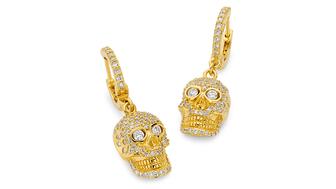
Show off your spooky side with these 12 festive jewels.












